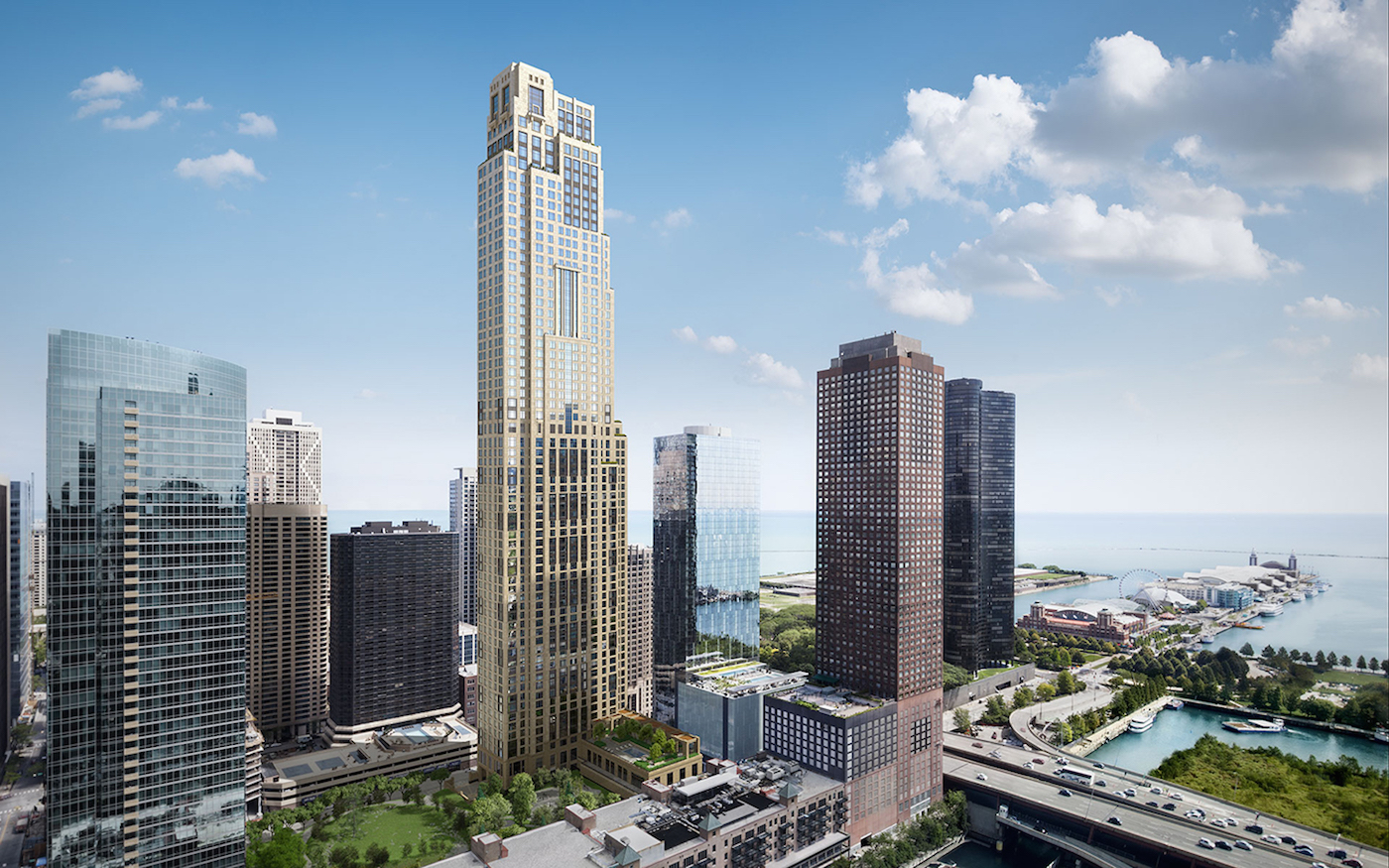There's no objective truth revealed here, just subjectivity. You speak for yourself, and others, very obviously, in regard to what you like, but you should not presume to speak for everyone, nor that big A Architecture is monolithic, nor that any particular style is inherently inhuman. Give me good Modern and I'll be as happy as I am with good Retro-Neo-whatever. Some others will agree, some won't, big deal, that won't affect how a particular style of architecture suits me. I just want good examples of whatever style, and a solid reason why that style is proposed for any particular site.
42
